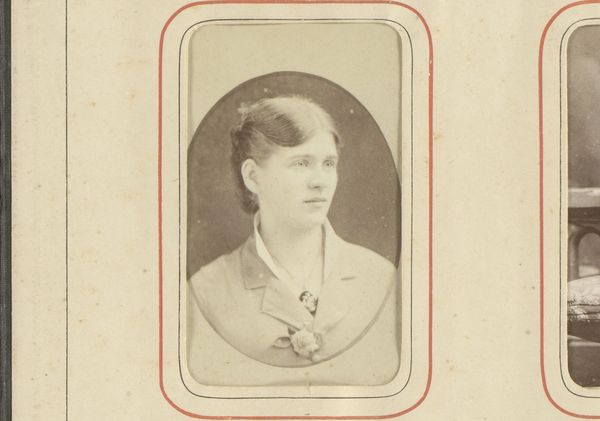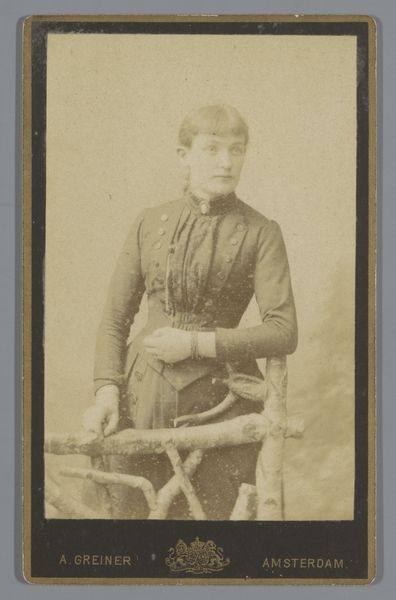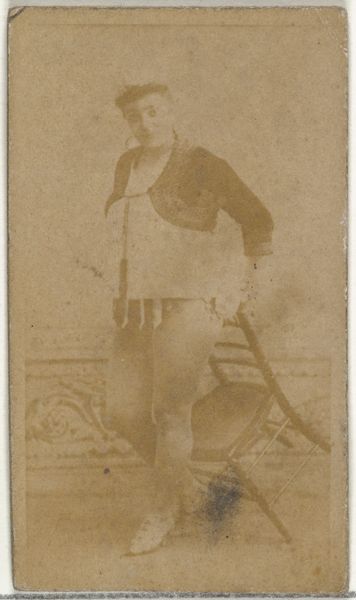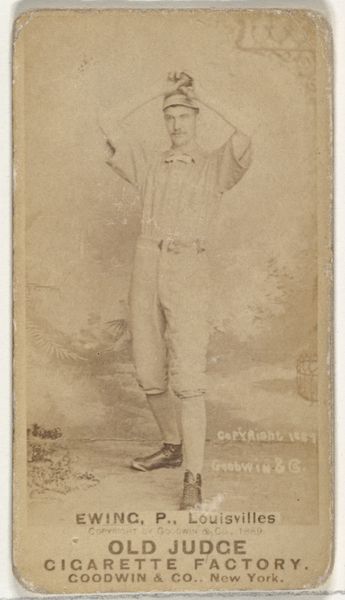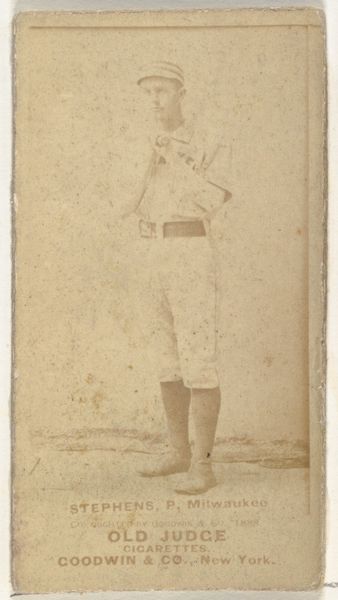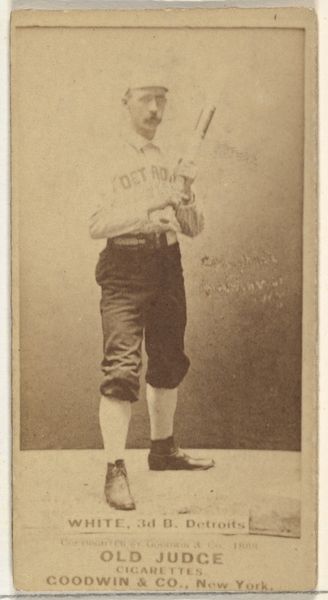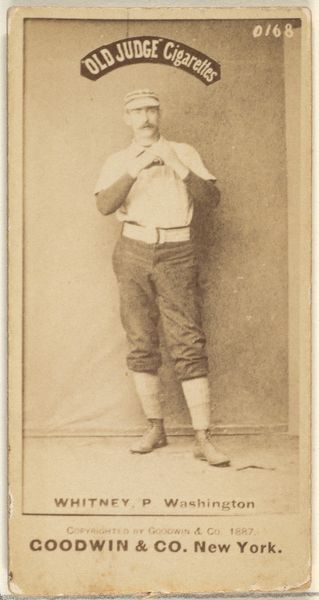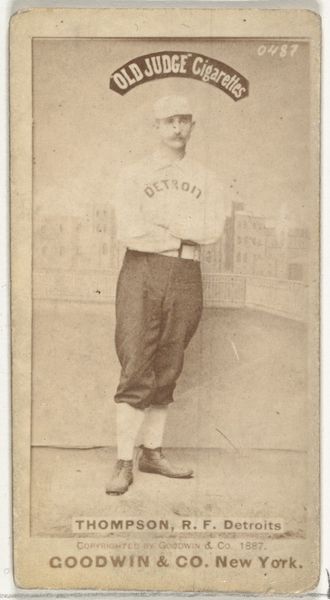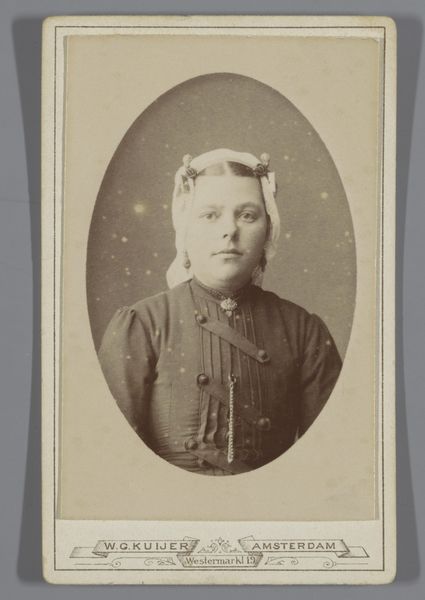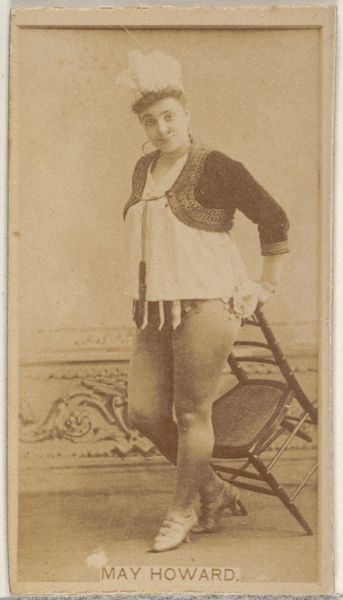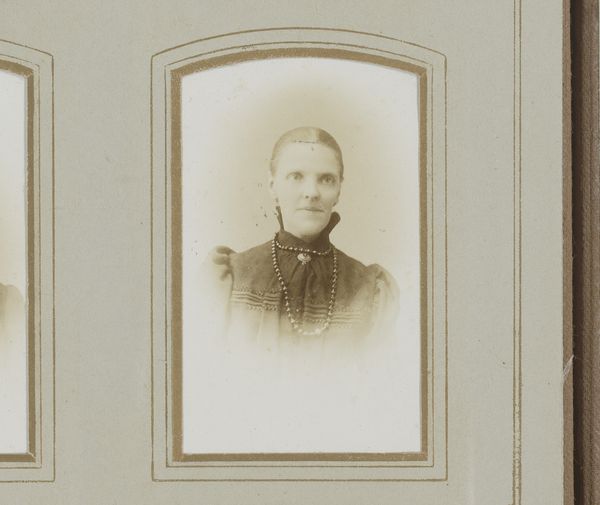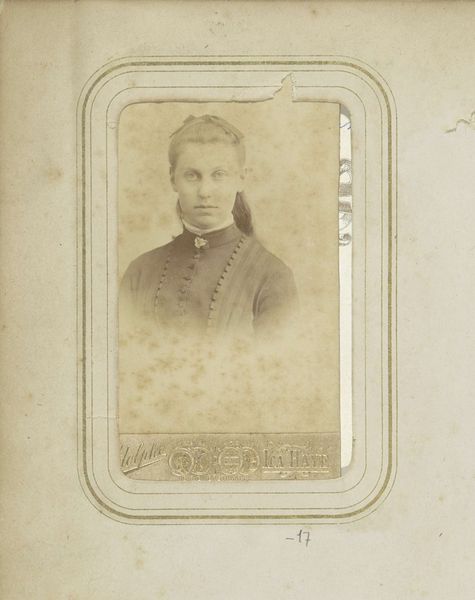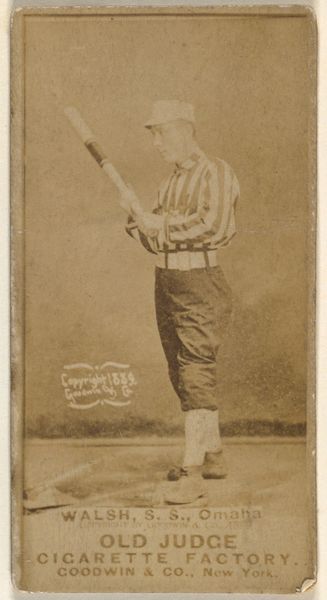
Charles Albert "The Old Roman" Comiskey, 1st Base and Manager, St. Louis Browns, from the Old Judge series (N172) for Old Judge Cigarettes 1886
0:00
0:00
drawing, print
#
portrait
#
photo of handprinted image
#
drawing
#
aged paper
#
toned paper
#
ink paper printed
# print
#
old engraving style
#
baseball
#
coloured pencil
#
men
#
watercolour illustration
#
golden font
#
athlete
#
watercolor
#
historical font
Dimensions: sheet: 2 11/16 x 1 3/8 in. (6.9 x 3.5 cm)
Copyright: Public Domain
Curator: It is my distinct pleasure to introduce to you "Charles Albert 'The Old Roman' Comiskey, 1st Base and Manager, St. Louis Browns," a print dating back to 1886 from the Old Judge series by Goodwin & Company, currently housed here at the Metropolitan Museum of Art. Editor: What a wonderfully quaint face. The sepia tones and delicate rendering give the figure a real sense of gentle nobility. Like he should be on a wanted poster. Curator: I am inclined to agree. One is immediately struck by the tonal range and texture, hallmarks of quality printing from this era, particularly the intricate line work in the athlete's cap and the articulation of his facial features. Editor: He's definitely got that look. You know, the “I'm about to steal your lunch money" kind of vibe. It reminds me of vintage baseball cards my grandfather collected, each one carrying tales of grit, rivalry, and simpler times. A melancholic snapshot, but with a smile, eh? Curator: The composition itself follows a straightforward portrait structure, ensuring legibility for what was, essentially, a promotional trading card. But its reliance on that symmetry emphasizes his position as a figure both identifiable and aspirational, reflecting popular concepts of sports heroes during that historical period. Note also how his name appears below St. Louis; an act to cement him as an essential city figure? Editor: Yes, absolutely a touch of the theatrical in its tone. You know he had big dreams; now they’re filtered through layers of nostalgia and a beautiful golden wash! It prompts reflection: Does every sporting moment contain layers of potential legacy? Curator: Considering the artifact's intended purpose, the print's enduring aesthetic and historical value offer potent insights into consumer culture, popular entertainment, and image production techniques of the late 19th century. Its construction speaks of mass culture in careful consideration of a unique, local, audience. Editor: True, it goes deeper than a card. This aged aesthetic acts like a wormhole, pulling me toward half-forgotten childhoods. What a grand echo this figure's era casts on present days. It feels like a reminder of beauty tucked away in everyday moments. Thank you for that lovely structural outline.
Comments
No comments
Be the first to comment and join the conversation on the ultimate creative platform.
